Green Tea Bowl by Bunsai Ogawa
Green Tea Bowl by Bunsai Ogawa
Couldn't load pickup availability
Width: 14.0cm x 14.0cm Height: 7.0cm
Containing the wind and reflecting the green - Green tea bowl by the 6th generation Ogawa Bunsai (Kyo)
The "Emerald Green Tea Bowl" created by the 6th Ogawa Bunsai (Oki) is a bowl filled with tranquility, coolness, and refinement. The piece has a beautiful, expansive shape that could be described as "opening in the wind." While being extremely functional as a vessel, it also combines a sculptural form with a gaze towards nature, giving it the air of a work of art rather than merely a tea ceremony utensil.
Wide rim and wind-like shape
What first catches the eye about this piece is the graceful proportions that gently widen from the rim to the body. Though it is a tea bowl, this form is not simply beautiful, but a "welcoming form" that perfectly combines function and sensibility. Perhaps envisioning the aroma of matcha rising and gently spreading into the space, this form seems designed to create the effect of a breeze as you take a sip of tea in the tea ceremony.
It feels light and stable when you hold it in your hand, and while it has an open shape, the body tapers towards the bottom, so it fits comfortably in your hand, giving it a familiar feel, as if it has been used for years. The design is based on the experience of use, creating a comfortable sense of distance for the user, and you can see that it has a delicate balance between practicality and beauty.
The texture of green, memories of nature and time
The expression of the glaze applied to this piece truly represents the essence of Ogawa Bunsai's long-standing exploration of the color "green." Although it is simply called "green," it is not a single color. A multi-layered gradation of colors is created throughout the vessel, as the jade color that seems to seep from within, the deep blue-green of the glaze pool, and the iron glaze that appears on the surface of the base during firing all intertwine.
Furthermore, the porcelain has fine crazing, weaving a delicate expression like ripples on the surface of water. With repeated use, the crazing will change over time as tea stains and oils from the hands seep in. The natural color of the green glaze will take on the years of its user, and the vessel itself will house the "memory of time" - this is one of the great charms of tea utensils.
In addition, kiln changes, which can be considered traces of the fire during firing, can be seen on the partially exposed clay surface, and natural phenomena come to life as part of the design of the pottery. It is because of this "beauty beyond intention" that Bunsai pottery is not only beautiful, but also has a living presence.
Tableware that creates the atmosphere in the tea ceremony
This tea bowl is not only a tool for making tea, but also a vessel that creates a space. When used in a tea room, its tranquil greenery takes in the surrounding scenery, hangings, flowers, and even the reflection of light, giving the whole room a soft and unified look. Even in modern living spaces, simply placing a bowl on a shelf creates space and the greenery changes the atmosphere. The vessel does not assert itself, but resonates as part of the space. This is perhaps the great appeal shared by the works of Ogawa Bunsai VI.
Tradition and Innovation - The Spirit of Bunsai Kiln
Bunsai Kiln was established in 1847 by the first generation Ogawa Bunsai (Bunsuke), and is a prestigious kiln that has been passing down its techniques and beauty for over 150 years in Gojozaka, Kyoto. The current head of the family, the sixth generation Ogawa Bunsai (Oki), studied sculpture at graduate school and has developed flexible creations that are not bound by the traditional framework of "Kyoto ware" by fusing the traditional techniques of Kyoto ware with a modern sculptural sense and a deep exploration of color. In contrast to the fifth generation's "red," the sixth generation chose "green." This is not just a choice of color, but also a change in the spirituality that underlies the production. Green as "a color that wishes for peace and symbolizes harmony and connection" - this feeling overlaps with prayers for "bonds between people" and "a world without conflict," and is deeply embedded in each bowl.
The green tea bowl as a symbol of "connecting harmony"
This green tea bowl can be said to be a vessel that truly "connects harmony," as it combines the artistic view and spirit of the 6th Ogawa Bunsai (Oki), as well as its historical background. While imitating traditional forms, the wide rim and the expression of the glaze clearly exude a modern breath, embodying a beauty of form that is beloved across the ages. In the moment you sip a cup of tea, this vessel quietly but surely conveys its presence. When you pick it up, taste it with your eyes, and put it to your mouth, you will certainly feel the soft green light and the feelings of people who are connected across time.
A cup of poetry that encapsulates the passage of time
The "Euryokucha Bowl" by Bunsai VI is not just a tea ceremony utensil. It is a vessel that has an existence that accepts and lives together with prayer, nature, time, space, and even conversation with other people.
A bowl born here and now will take on the years of its user and show a different expression to people decades or centuries from now. What a luxurious and quiet moving experience it is to know that such a bowl exists.
Please allow yourself to be immersed in the world of emerald green contained in this bowl and Ogawa Bunsai's unwavering aesthetic sense.
A spoonful of poetry in your everyday life.
And the moments of harmony that quietly occur in our daily lives.
Share
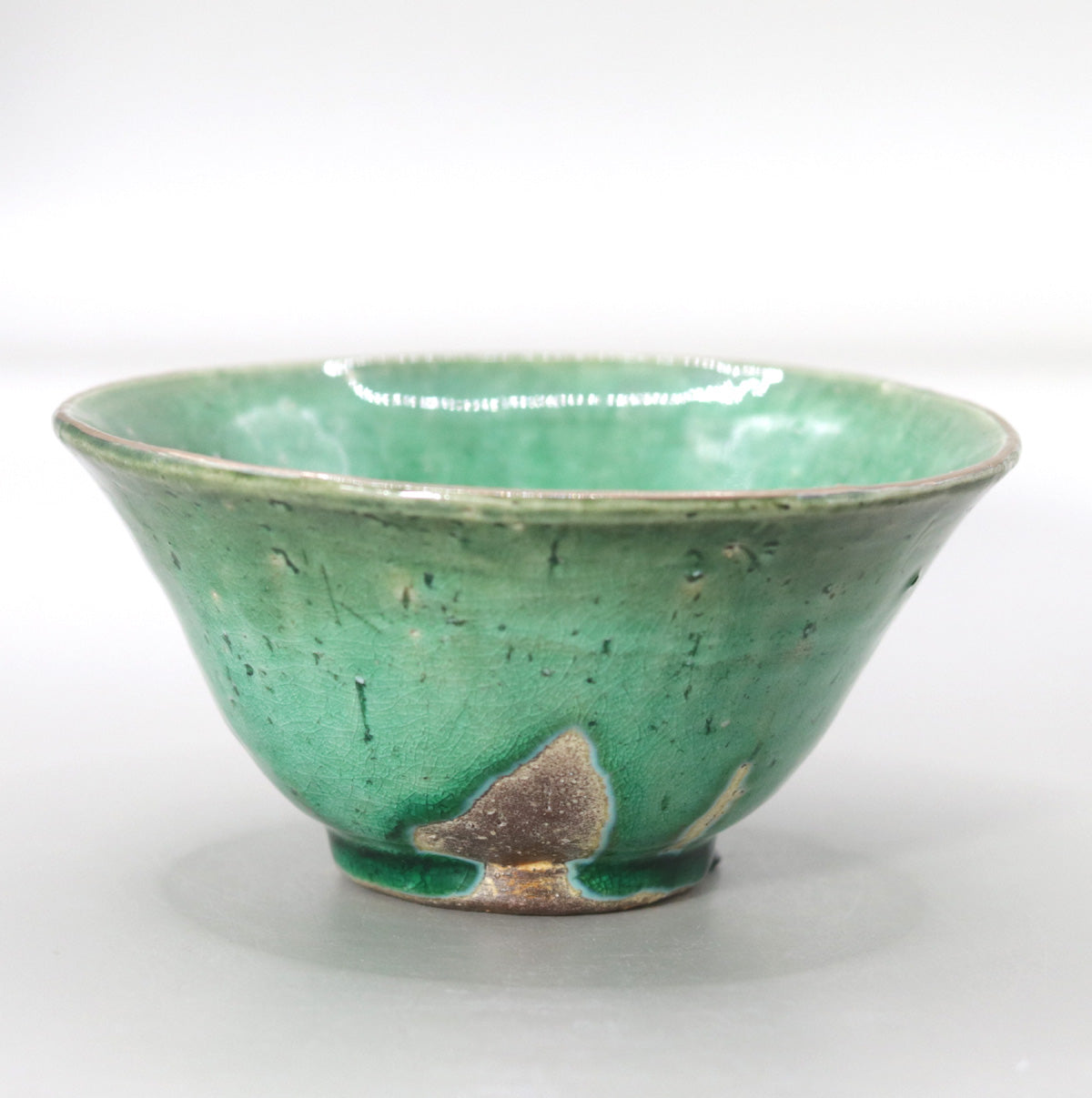

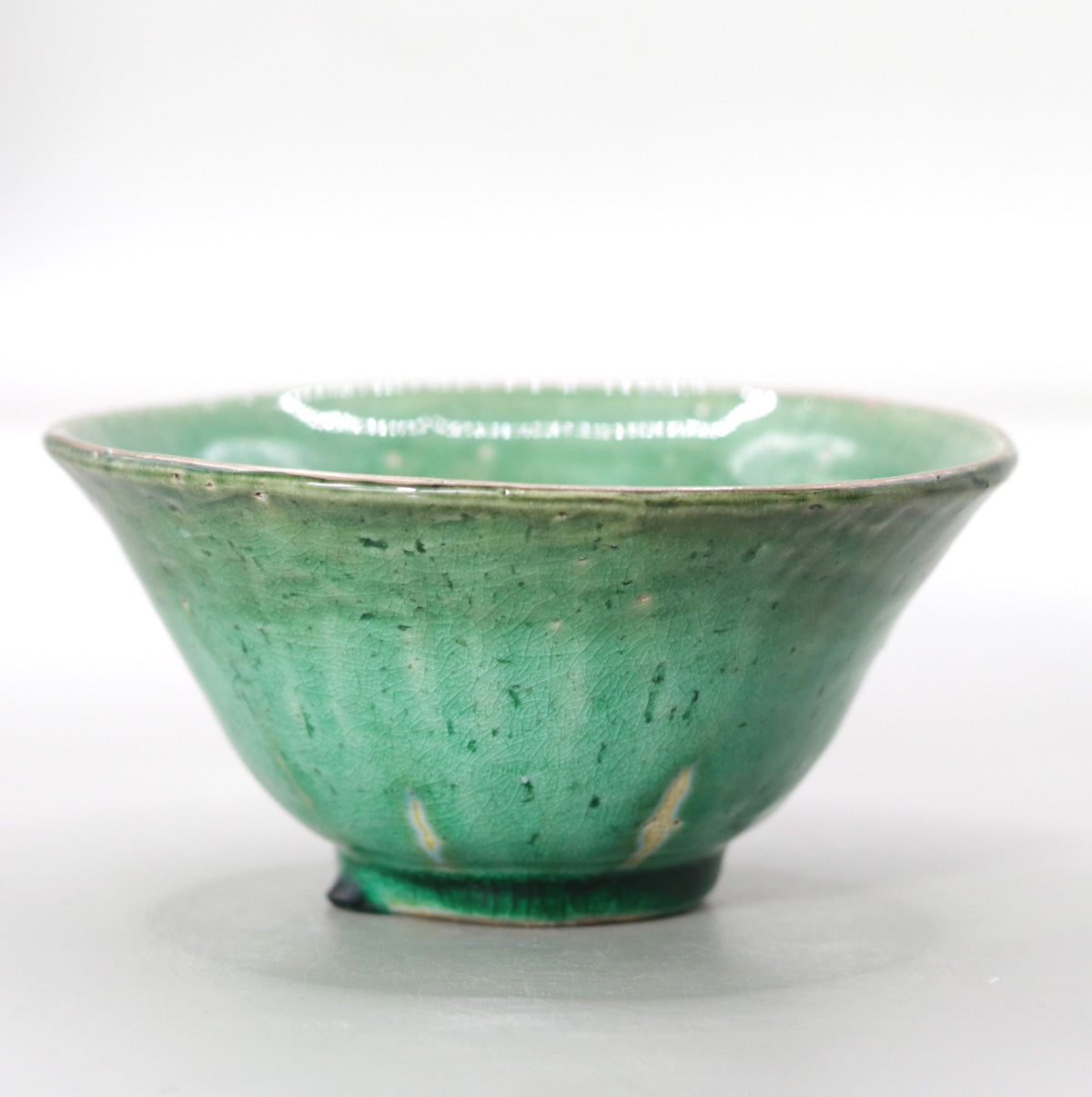
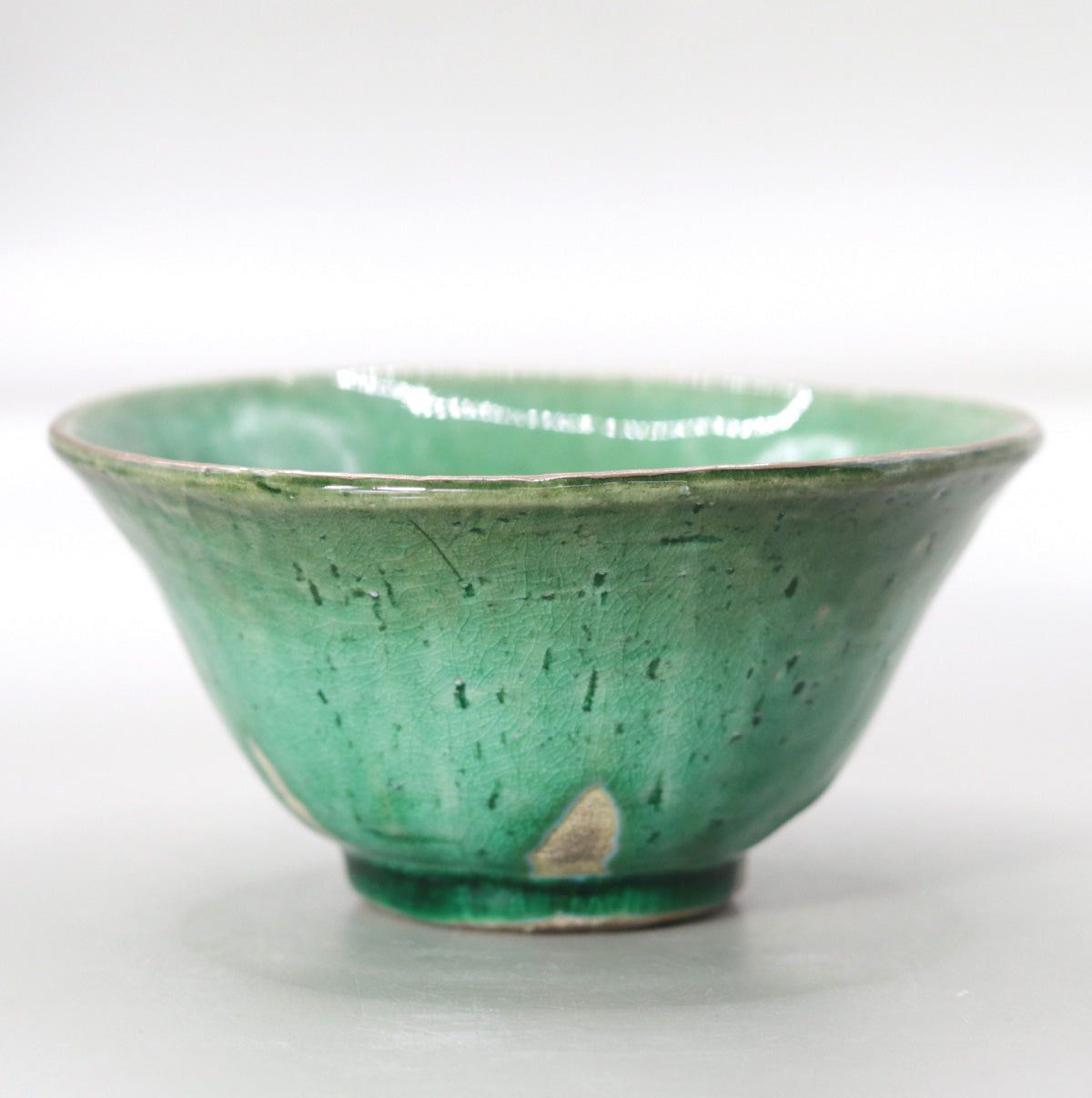
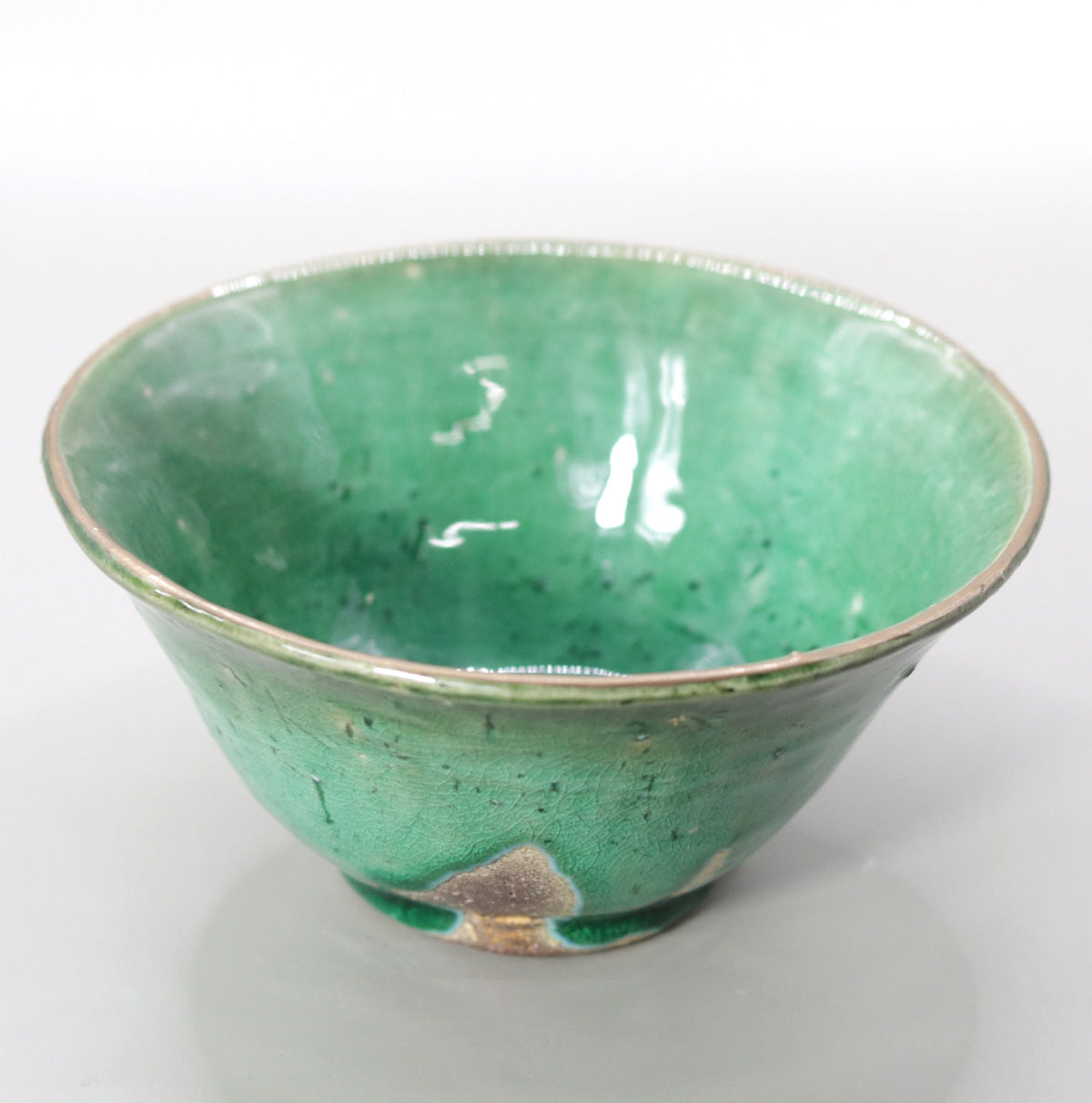
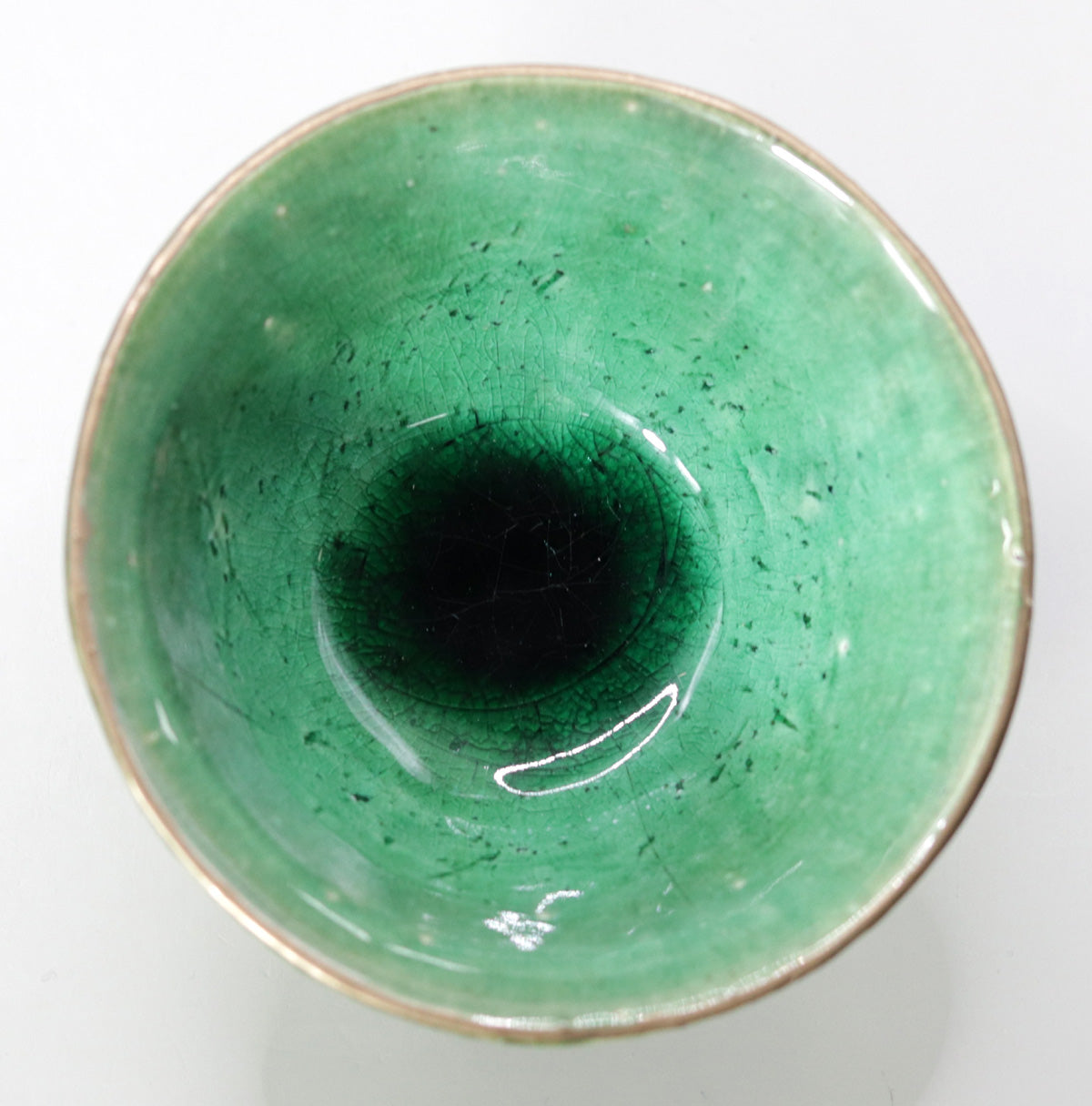
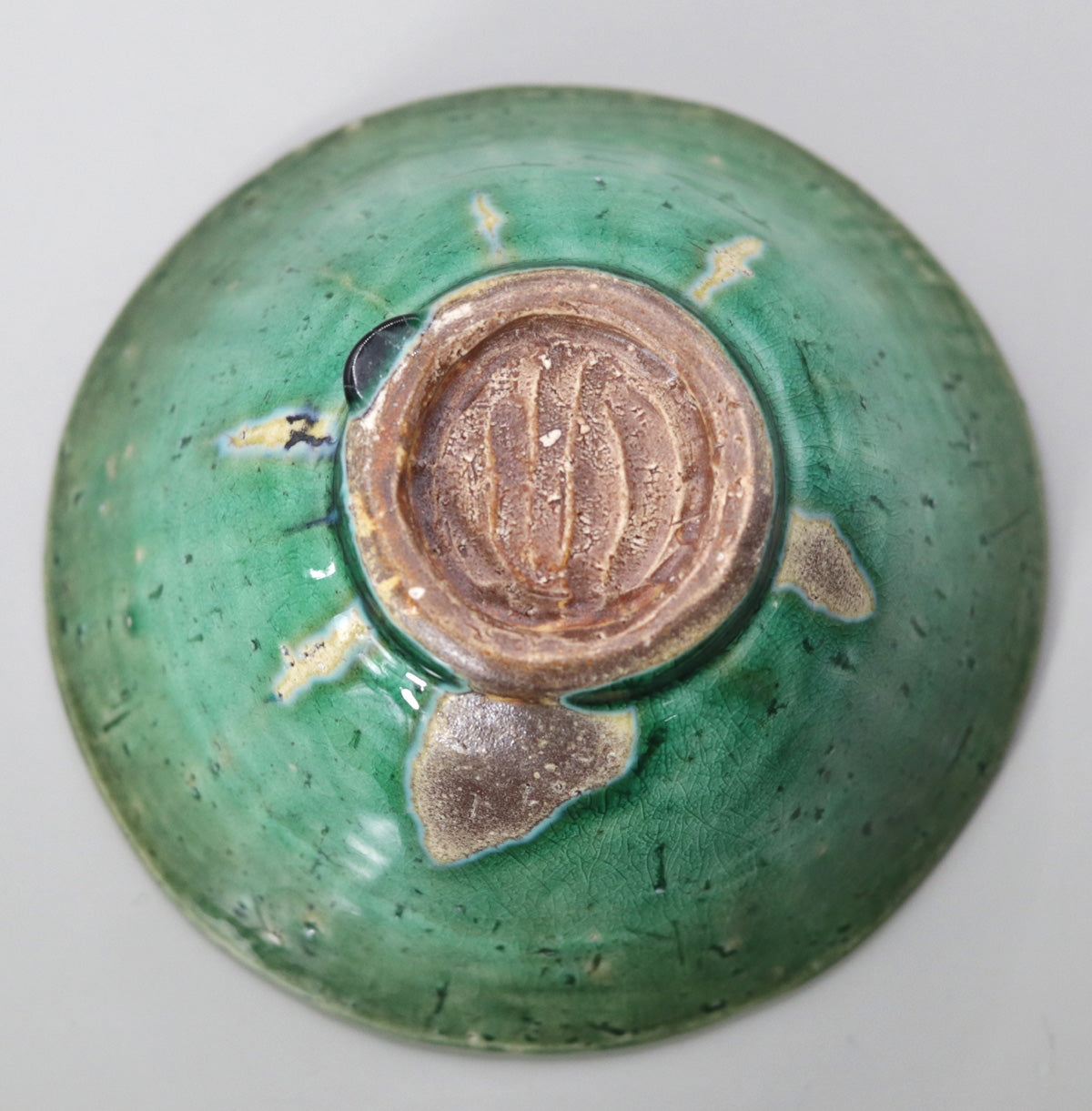
Multi-Column
-
[I will send it to you quickly and carefully]
We carefully package each product in a way that suits it best.
Also, delivery times vary depending on the piece (vessel, etc.).
Items that already come with a box will be shipped within 1-3 days of the order date.
For items that require a box to be made after your order, it will take approximately 30 days for production to be completed and then shipped.
In either case, once we have confirmed your order, we will contact you by email to inform you of the delivery date.
-
[Requests when purchasing pottery]
Even products that look the same may differ slightly in color, shape, size, etc.
The way the glaze is used, the power of the kiln, the firing method, the season, and the humidity also affect the appearance of the pottery.
Please understand the individuality of each piece of pottery and enjoy the unique warmth of handmade.







